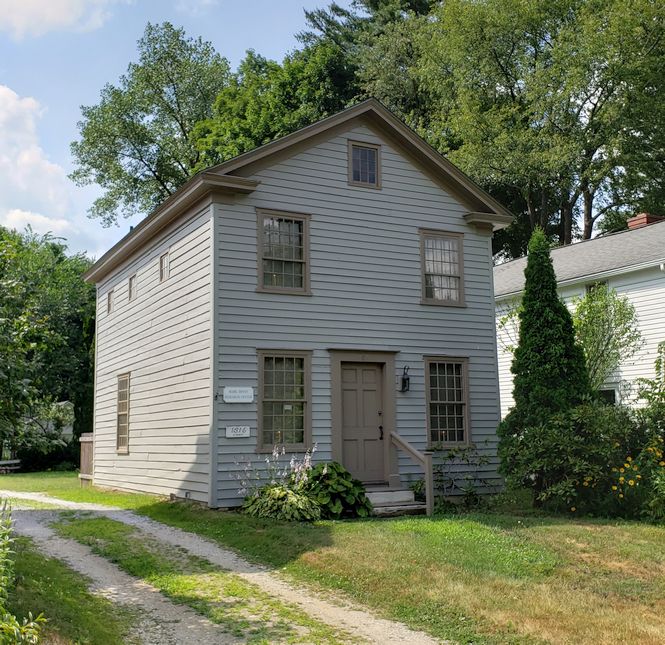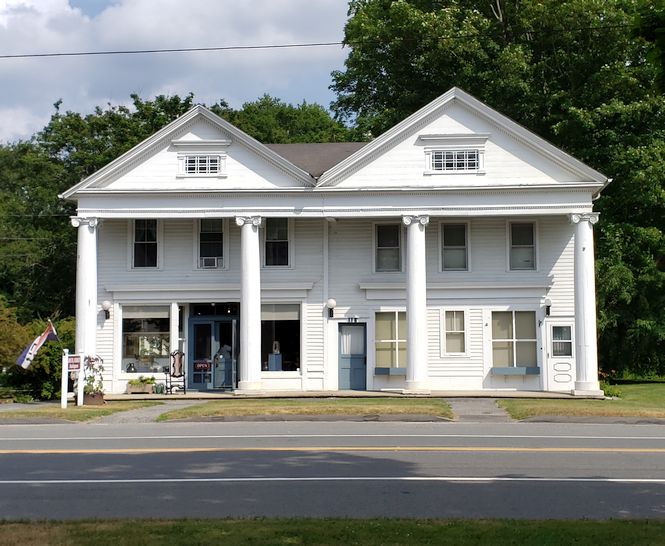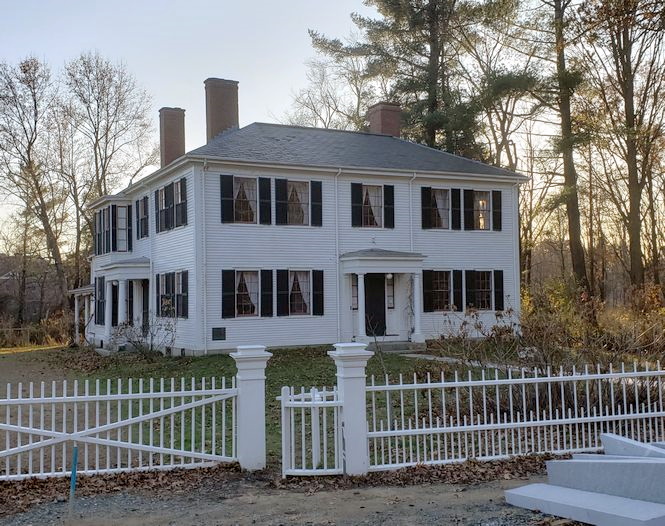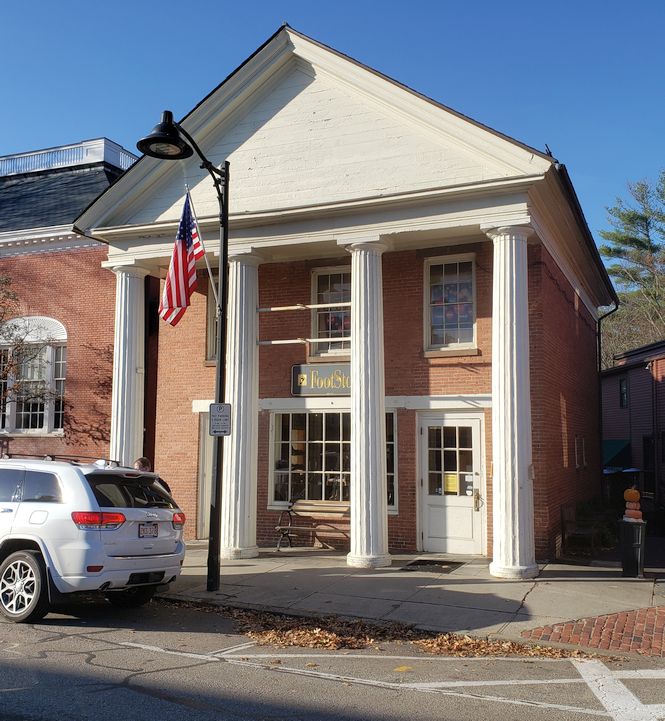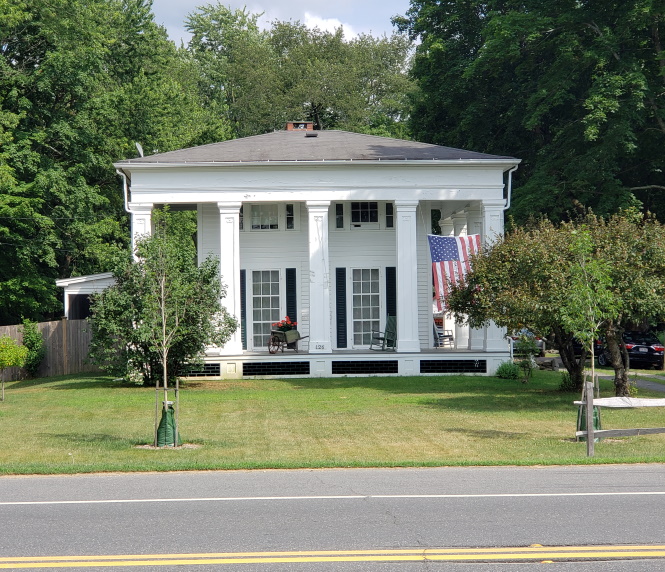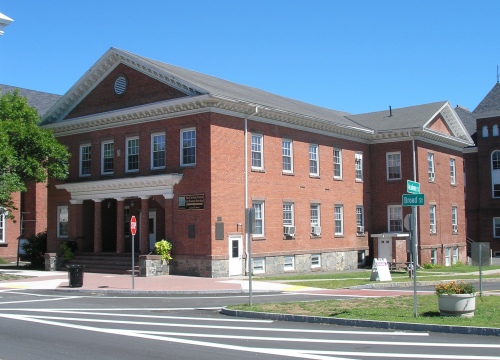Capt. Harvey Coffin Mackay House (1842)
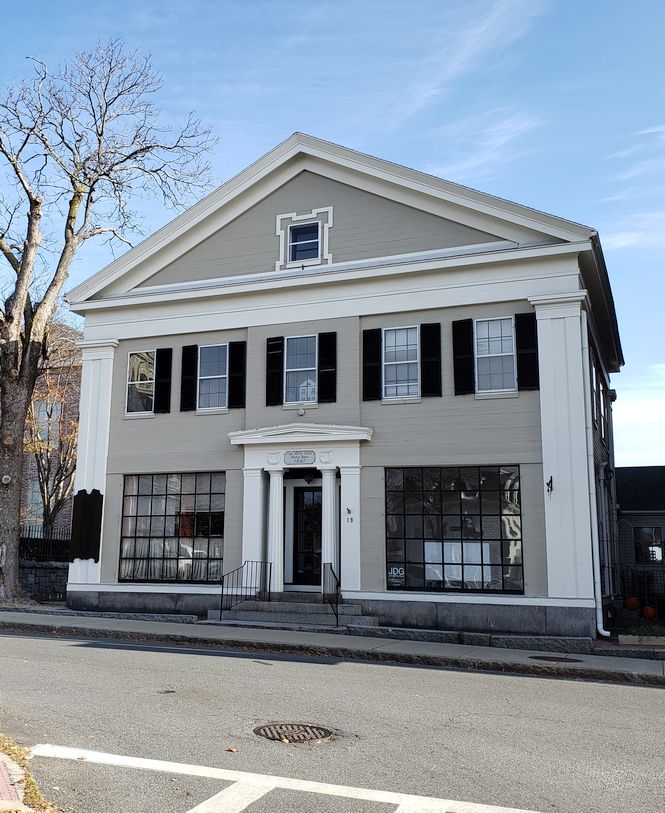
Capt. Harvey Coffin Mackay (1786-1869) was a master of packet boats that sailed between Boston and England and sailing vessels that traded in other parts of the world. His original name was Joshua Gee Whittemore Jr., but he changed it to Harvey Coffin Mackay in 1813. He married Sally Somes in 1816. Mackay was Captain of the ship Boston, which made its first passenger voyage to Liverpool in May, 1828. He was in command of the ship on May 26, 1830, when it was struck by lightning and sank after catching fire.
Capt. Mackay’s house in Gloucester, located at 19 Pleasant Street, was built in 1842. From 1889 to 1907, the house was owned by Dr. Joseph Everett Garland (1851-1907), who had his surgery in the attached ell. The house is now used for commercial purposes and the windows on the first floor were enlarged at some point.
